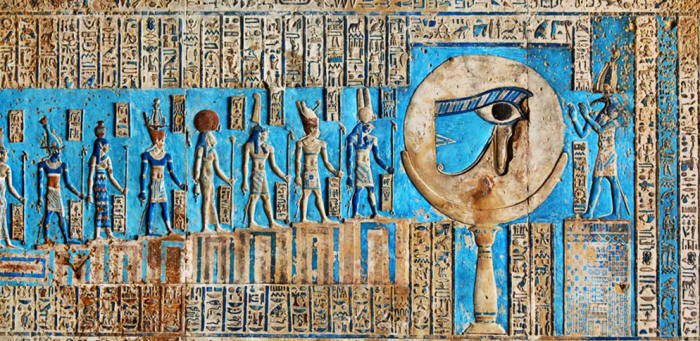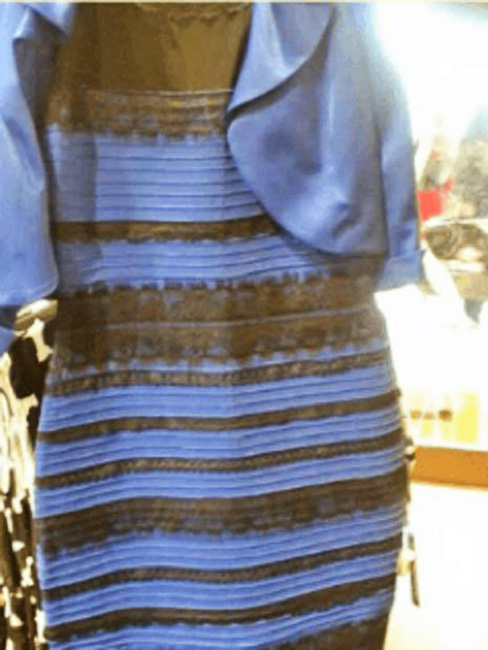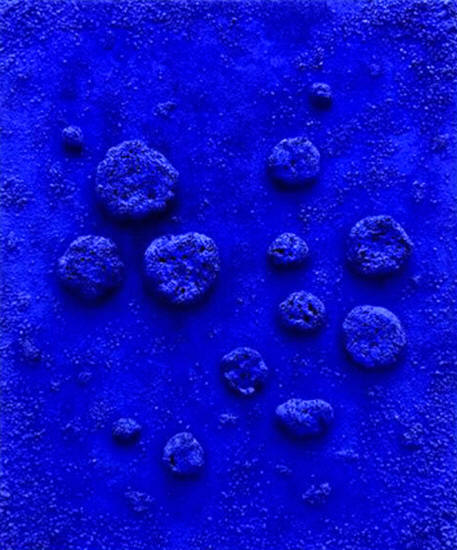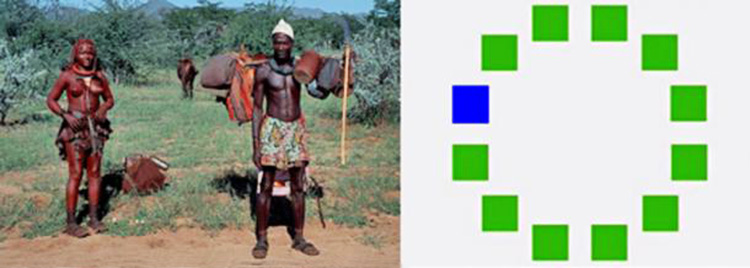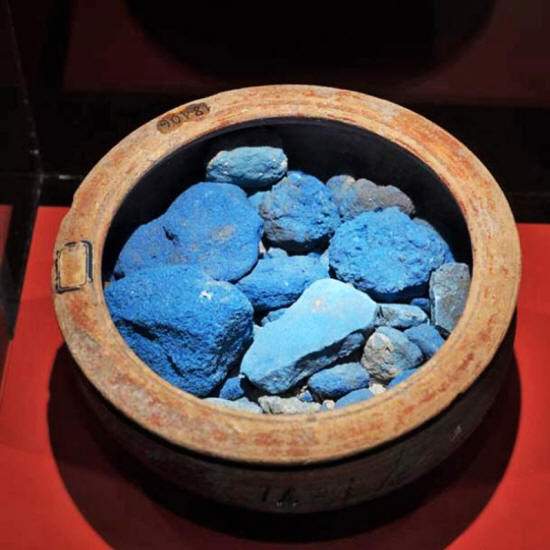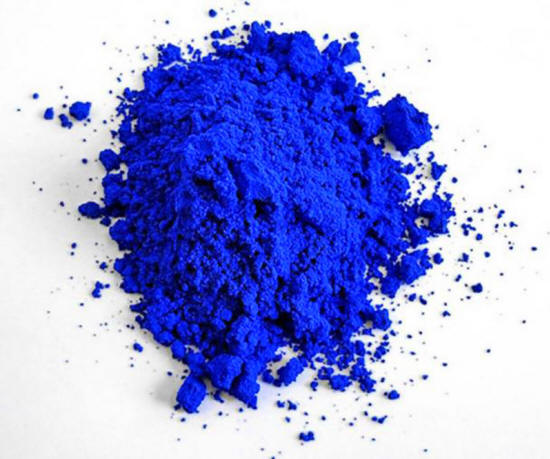|
March 05, 2021 from Ancient-Origins Website
Ancients seemed to have problems seeing or recognizing the color blue. Source: Kokhanchikov/Adobe Stock
The most conservative of us might deem these types of phrases as subjective and belonging to self-help books, but when we look back in to history evidence confirms that humans are fully capable of making physical appearances invisible if we do not concentrate on them, even something as fundamental to reality as a color.
The color blue in particular...
Blue is the color of the sky, bodies of water, probably a wall in your office, and a T-shirt, but a recent research paper (Colour categories and category acquisition in Himba and English) discussed in Science Alert, explained that until relatively recently in human history nobody saw the color "blue."
Until relatively recently in human history nobody saw the color "blue." (Светлана Фарафонова / Adobe Stock)
Kevin Loria reported for Business Insider back in 2015 that,
We're NOT Talking About "The Dress"
Before we move on, many of you will be drifting to the 2015 internet sensation "the dress."
Let's get that out of the way. Hundreds of millions of viewers disagreed over whether the colored bands on the following dress were black and blue, or white and gold.
This phenomenon revealed differences in human color perception and it is NOT the same thing as the claim that the color blue "never existed" in history.
The Dress photograph that made millions of internet users argue about the colors present.
An Ancient Absence of the Color Blue
The story of "blue being invisible in history" begins in 1858 when William Gladstone, who later became Chancellor of the Exchequer then Prime Minister of Great Britain, read Homer's The Odyssey.
Gladstone noticed that Homer described the sea color as "wine-dark" - leading him to ask the question; why not "deep blue?"
Gladstone investigated this curiosity and counted the color references in The Odyssey finding that while black was mentioned almost 200 times, and white about 100, blue did not appear once.
Broadening his research he then determined that "blue" didn't exist anywhere in Greek writing. Nowhere...
German Jewish philosopher and philologist Lazarus Geiger passionately followed up on Gladstone's observations and analyzed ancient Icelandic sagas, the Koran, Hindu, Chinese folklore, Arabic, and an ancient Hebrew version of the Bible.
His studies discovered that 'blue' was never mentioned once in any of these cultures and he wrote:
Paint on canvas on plywood. L'accord bleu (RE 10) , 1960, mixed media piece by Yves Klein (1928–1962). Featuring IKB pigment on canvas and sponges. CC BY-SA 3.0
Was the Color Blue Really Invisible to the Ancients?
Not having words for blue, scientists had to consider that maybe ancient people didn't see the color, thus not having descriptors for it.
It is not known exactly what was going through Homer's mind when he described the "wine-dark" sea, but ancient people definitely had the same optical biology and capability to see blue that we do today.
But do we really 'not see' things if we don't have words for them? The answer is no...
Because there was no 'blue' as a category of color in the way that we define it, the color wasn't distinguished from green.
The Blur of Blue and Green
Searching to discover when "blue" started to appear in language as a color in its own right, Geiger discovered a pattern repeated all over the world:
The next colors to appear in language were yellow then green and the last color to appear in every language across the globe was blue.
In 2006, Jules Davidoff, a psychologist from Goldsmiths University of London, conducted a research project with members of the Himba tribe from Namibia, whose language neither has a word for blue nor distinguishes between green and blue.
According to a BBC documentary (which has since been accused of over-dramatizing the results) members of the tribe were tested to find out if they could actually see blue or not by showing them a special pattern; a circle with 11 green squares and one blue square.
Left: Namibian trib al herders who participated in the Himba color experiment. Right: Dustin Stevenson color test titled "The last color term", 4/25/2013. CC BY-SA 3.0
While it is very obvious to us, most of the Himba tribe members had more difficulty in telling Davidoff which of the squares was a different color.
And those participants who noticed a difference took "much longer and made more mistakes" than you or I who can clearly and quickly spot the blue square.
Not only did the experiment seem to confirm that language did affect what we perceive, it also revealed that the Himba language had many more descriptive words, terms and concepts for types of green than in English.
Without a word for a particular color, there is no way of identifying it as different to the others close to it; and it is perceived as a shade of another color.
So before blue became defined with a word, humans saw blue things as being shades of green...
You can discover more about how language shapes our ability to detect color in Kevin Loria's article at Business Insider, and in this fascinating RadioLab episode, which inspired his feature.
What About the Creation of the Color Blue?
Ancient Egyptian society was the first to adopt a word for the color blue because they were the first culture to produce blue dyes.
The famous color "Egyptian blue" appears in artwork such as the tombs of Mereruka from the Old Kingdom (2600-2100 BC) and it is almost exactly the same blue as was found in a coffin dating from the Greco-Roman period (330 BC-AD 400), confirming well developed and standardized production systems being passed over two thousand years.
Cup containing Egyptian Blue pigment from Pompeii. Egyptian blue, also known as calcium copper silicate, or CaCuSi 4O10, or cuprorivaite, is considered to be the first synthetic pigment ever developed. (Dan Diffendale /CC BY-NC-SA 2.0 )
Blue came to represent,
The only natural source of blue was the rare and expensive mineral lapis lazuli which was mined in what is now Afghanistan.
Vitruvius, the 1st century Roman architect and writer said that,
What Else are We Blind To?
To think that we didn't see blue because we didn't have a word for it makes one ask,
Well, ironically, one answer to this question is... more blue!
In 2017, Oregon State University (OSU) chemist Mas Subramanian discovered "YInMn blue" named after the elements Yttrium, Indium, and Manganese, during experimentation,
According to the OSU press release, the beautiful blue was discovered through a chemistry lab accident back in 2009 and is now going into the marketplace.
Photograph of "YInMn Blue" as synthesized in 2017 by the (OSU) chemist Mas Subramanian and his team in the laboratory. (CC BY-SA 4.0)
While this new blue looks similar to "L'accord bleu" (shown earlier), and "cobalt blue," its properties "are stronger and more durable" according to Subramanian.
Formed by a unique crystal structure that allows the manganese ions to absorb red and green wavelengths of light, the pigment only reflects blue.
This deep, vibrant blue is so durable "and its compounds are so stable even in oil and water" that the new pigment's versatility has a variety of commercial applications in paints.
For example,
References
|


